Conversation from Kobes
Conversation from Kobes i s an original offset lithograph, realized by George Grosz.
The artwork is from the book Kobes by Heinrich Man that Grosz illustrated with 10 lithographs.
1st edition printed by Berlin, Propyläen in 1925.
Good conditions. Includes passepartout: 28 x 35 cm
Conversation from Kobes i s an original offset lithograph, realized by George Grosz.
The artwork is from the book Kobes by Heinrich Man that Grosz illustrated with 10 lithographs.
1st edition printed by Berlin, Propyläen in 1925.
Good conditions. Includes passepartout: 28 x 35 cm
Kobes is a novella that was written in 1923 by Heinrich Man and must be viewed against the background of inflation during the Weimar Republic: The title character Kobes is closely based on the then very well-known industrialist Hugo Stinnes - who profited from inflation - and describes the situation of the middle class and workers a socially critical view. Not only from a literary point of view, but also from a historical point of view, this novel is extremely captivating.
George Grosz (1893 -1959) was a German artist known especially for his caricatural drawings and paintings of Berlin life in the 1920s. He was a prominent member of the Berlin Dada and New Objectivity group during the Weimar Republic.
He studied drawing at the Dresden Academy 1909-11 and at the School of Arts and Crafts in Berlin 1912-14, He was in the army 1914-15 and again for a short time in 1917, but spent the rest of the war in Berlin where he made violently anti-war drawings, in which his main focus was attacking the social corruption of Germany (capitalists, prostitutes, the Prussian military caste, the middle class).
His artworks had great impact in the Berlin Dada movement 1917-20 and collaborated with John Heartfield and Raoul Hausmann in the invention of photomontage. Many of his drawings were published in albums (Gott mit uns, Ecce Homo, Der Spiesser-Spiegel etc.), and he was subject to prosecutions for insulting the army and blasphemy. Visited the USA in 1932 to teach at the Art Students League, New York, and settled there 1933. In the latter part of his career he tried to establish himself as a pure painter of landscapes and still life, but also painted many compositions of an apocalyptic and deeply pessimistic kind. His role in the Berlin Dada movement affected political outlooks and artistic developments not only in Germany, but also in Russia, the Balkan nations, and parts of France. Grosz's penetrating, darkly humorous style of drawing and his use of satire as a weapon left a deep impression on the work of his contemporaries and the artists of the next generation. Some of his works from the early 1940s, particularly during World War II, do present an allegorical and dramatic representation of Grosz's moral perspective regarding war. Additionally, some of his last pieces from 1958 were photomontages and hearken back to his earlier Dadaist aesthetic and message, passing judgment upon consumerism and suggesting that his absorption with American culture had ended in disappointment. In 1959, Grosz sold his house and moved back to Berlin. He died shortly after his return, after a fall down the stairs.
| SKU | M-119701 |
|---|---|
| Artista | Georges Grosz |
| Typology | Original Prints |
| Technique | Lithograph |
| Periodo | 1920s |
| Year | 1925 |
| Signature | Not signed |
| Conditions | Good (minor cosmetic wear) |
| Dimensioni (cm) | 22 x 27.5 x 0.1 |
-
 Abstract Figures300,00 €
Abstract Figures300,00 € -
 Seki800,00 €
Seki800,00 € -
 Traces au sol950,00 €
Traces au sol950,00 € -
 Prof. Joseph Beuys200,00 €
Prof. Joseph Beuys200,00 € -
 Composition480,00 €
Composition480,00 € -
 Meishoe562,00 €
Meishoe562,00 € -
 Abstract Turtle380,00 €
Abstract Turtle380,00 € -
 Whipped Cream65,00 €
Whipped Cream65,00 €



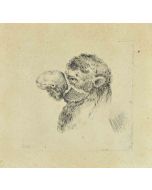
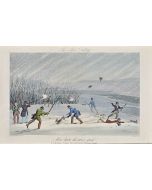
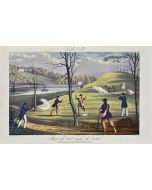
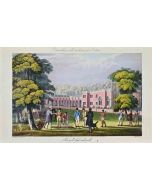

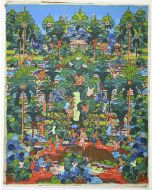
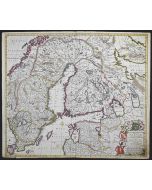
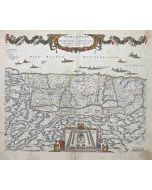
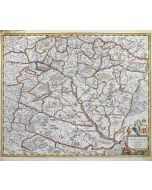
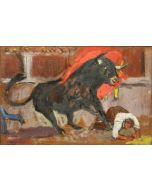
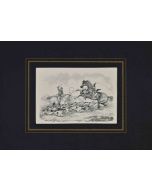
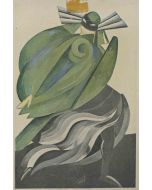
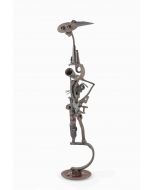
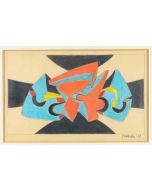
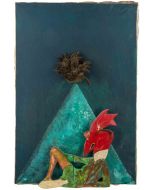
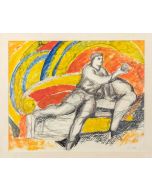
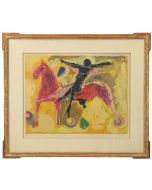
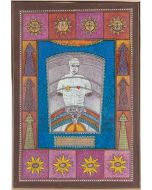
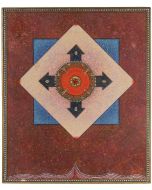
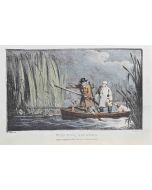
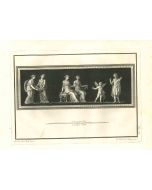











Validate your login
Accedi
Creare un nuovo account